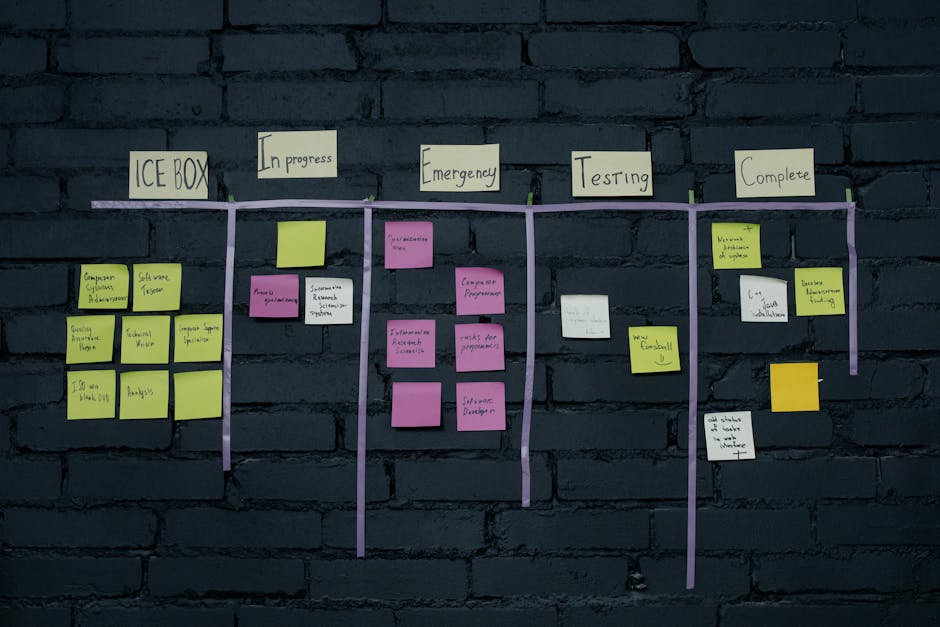
Understanding Agile Methodology: A Practical Guide
In today’s fast-paced digital environment, leveraging an effective project management approach is essential. Understanding Agile Methodology becomes the first step toward improving your team's productivity and adaptability.
Agile methodologies emphasize collaboration, customer feedback, and iterative progress. This approach allows teams to respond swiftly to changes and deliver value incrementally. Whether you are new to Agile or looking to deepen your knowledge, this practical guide provides you with actionable insights.
What is Agile Methodology?
Agile Methodology is an iterative approach to software development and project management that encourages flexibility and continuous improvement. Unlike traditional waterfall models, Agile focuses on delivering small, workable pieces of the project frequently.
Key Principles of Agile
- Customer collaboration over contract negotiation
- Individuals and interactions over processes and tools
- Working software over comprehensive documentation
- Responding to change over following a plan
Implementing Agile Successfully
Adopting Agile requires a mindset shift along with practical steps. Start by forming cross-functional teams, use short development cycles like sprints, and maintain open communication channels. This practical guide covers important techniques to ensure smooth implementation.
Benefits of Agile Methodology
By embracing Agile, teams can improve flexibility, increase customer satisfaction, reduce risks, and deliver value faster. These benefits make Agile an invaluable approach for modern project management.
Whether you aim to understand Agile methodology better or implement it effectively, continuous learning and adaptation are key to success.
